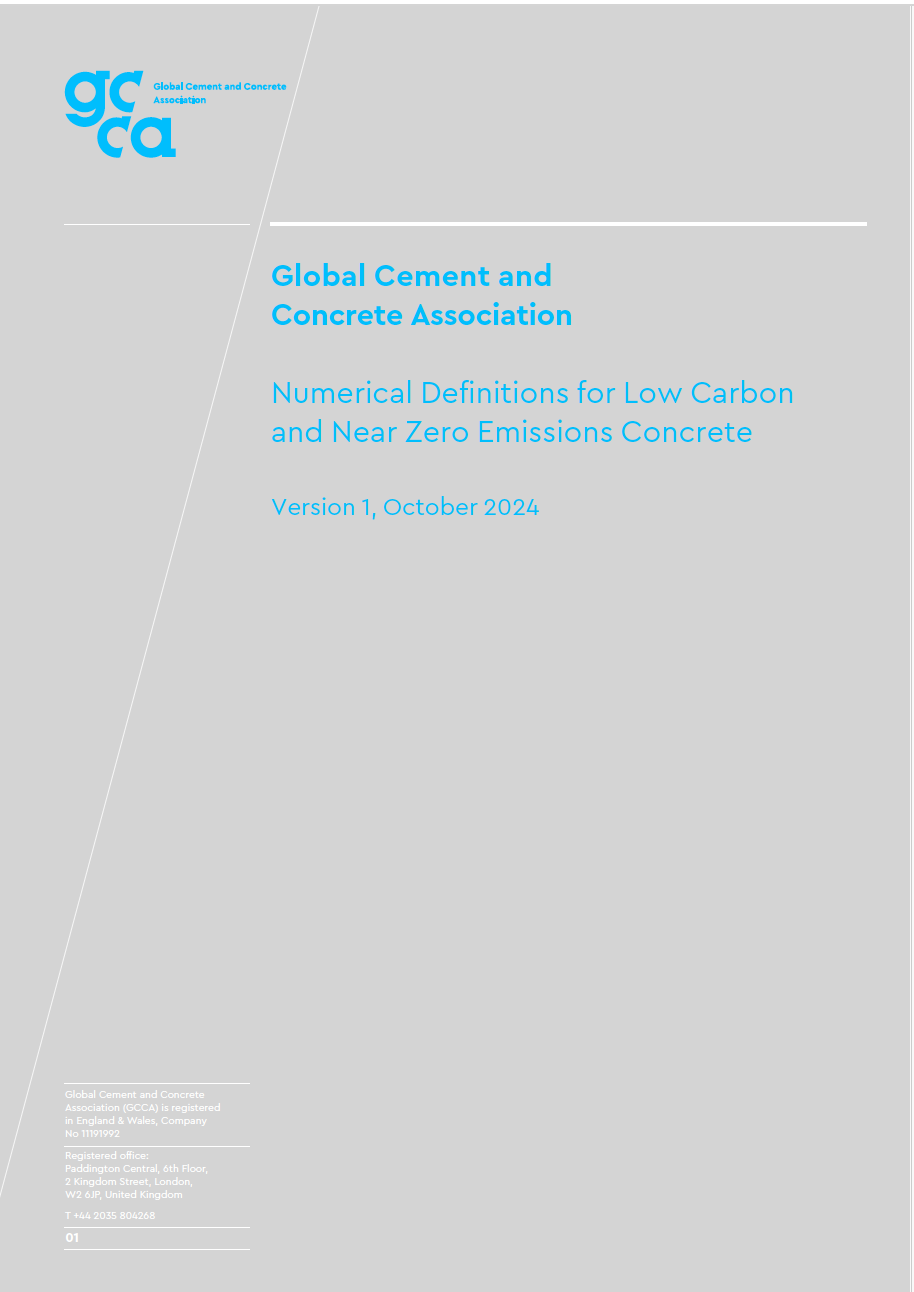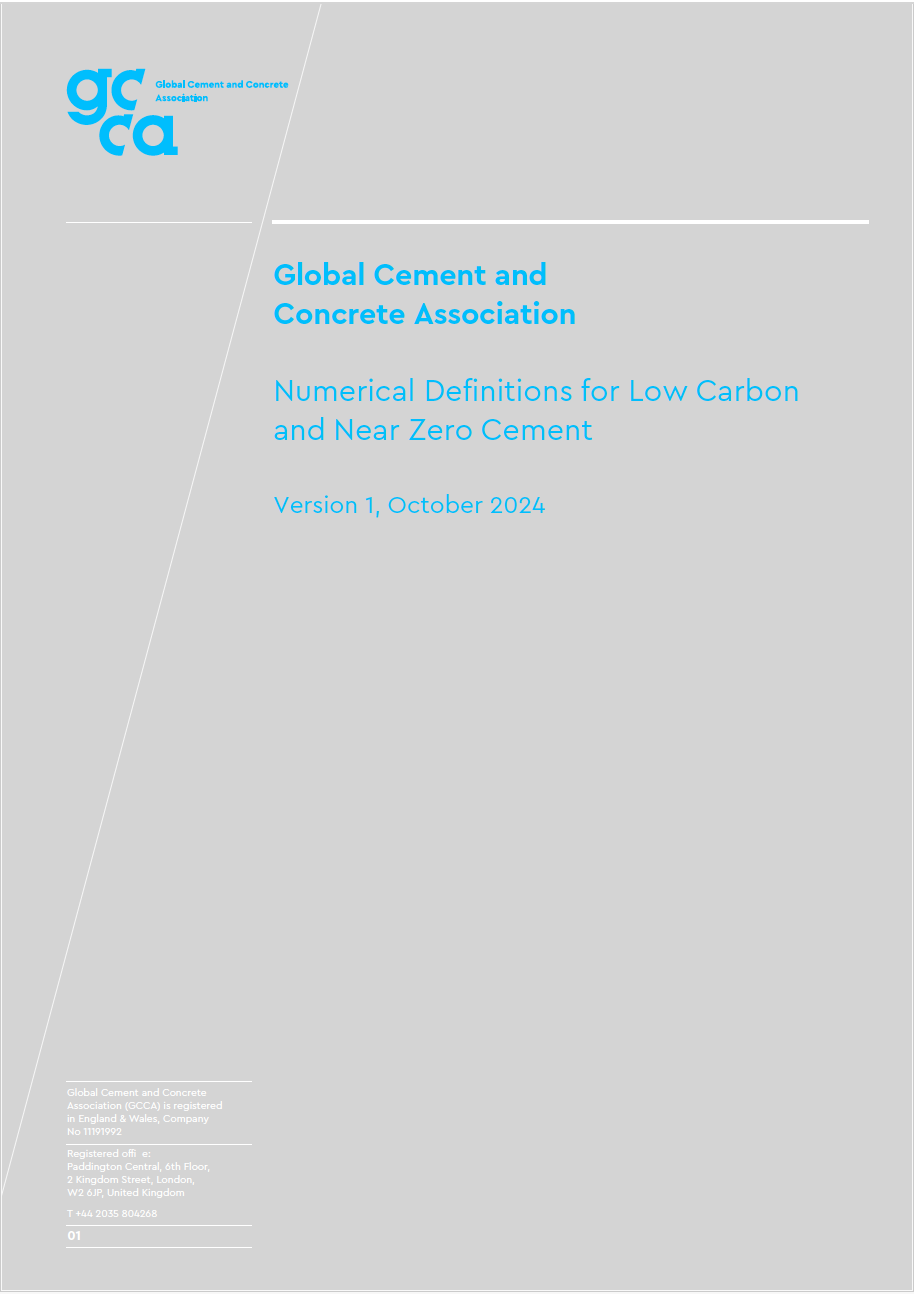Reporting of Carbon Emissions from Waste in Cement Sector (May 2025)
The co-processing of waste in cement manufacturing to replace fossil fuels and primary raw materials is a longstanding contribution of the sector towards a circular and lower carbon economy and provides an important service to communities in making beneficial use of a range of society’s waste and by-products. By using waste that otherwise will be burned or landfilled without further utilisation the cement industry is contributing to reduce reliance of fossil fuels, reduce waste and reduce CO2 emissions.
Accounting standards and methodologies have different purposes and therefore have different scopes and cover different lifecycle stages. In the cement sector, the different methodologies of reporting enable both the emissions from waste treated in cement kilns and the benefit to overall CO2 emissions through co-processing to be accurately and transparently reported. Accounting standards and methods for the cement and concrete sector accept and recognise the benefits of co-processing (treatment of waste in cement kilns) towards global GHG reductions.

GCCA Low Carbon Ratings (LCR) and prEN 206-1: 2024 (E) Provisions (November 2025)
A draft version of prEN 206-1:2024 (E) – “Concrete – Specification, performance, production and conformity — Part 1: Performance, requirements, factory production control and assessment criteria for individual values”, includes classification of concrete products based on CO2 emissions (Clause 5.4 – Classes regarding CO2 emissions).
This report provides an example of how the GCCA Low Carbon Ratings for Concrete can be aligned with the requirements of prEN 206-1:2024 (E).
GCCA Low Carbon Ratings/Definitions for Concrete (October 2024)
Stimulation of demand for low-carbon cement and concrete products through public procurement policy is a key enabler for decarbonisation. This paper provides numerical definitions in units of embodied carbon dioxide equivalent per cubic metre of product (ECO2e /m3) also referred to as Global Warming Potential (GWP), for “low carbon” and “near zero” carbon emissions concrete product for the purposes of procurement.
The methodology explains how definitions can be adopted, and adapted if needed to accord with local EPD practice, at country or sub country level. It also explains how local targets can be set according to the current local starting point and future decarbonisation trajectory.
Full Report →
Click here for more information and to rewatch the Launch Event

GCCA Low Carbon Ratings/Definitions for Cement (October 2024)
This paper explains the use of IEA definitions for low carbon and near zero cement as a robust starting point, to develop GCCA definitions that can be used with widely understood and reported product specific Environmental Product Declaration data. The GCCA definitions for low carbon and near zero can be adopted, and adapted if needed to accord with local EPD practice, for application by countries for low carbon procurement.
Full Report →
Click here for more information and to rewatch the Launch Event

CCUS in the Indian cement industry – A review of hubs and storage facilities (June 2024)
Cement production is responsible for 7-8% of current global CO2 emissions, and approximately 5.8% of CO2 emissions in India (2022), the world’s second largest cement producer.
The Global CCS Institute, the Global Cement and Concrete Association, and the Clean Energy Ministerial CCUS Initiative have partnered to accelerate CCUS deployment across the cement sector in India. This project is supported by GCCA India CEOs some of whom provided detailed
data for 7 plants as potential future lighthouse projects.
The present paper summarises the findings of outcome 1 of the partnership which includes a review of onshore and offshore geological storage resources in India, where captured CO2 from cement facilities could potentially be transported and permanently stored.

